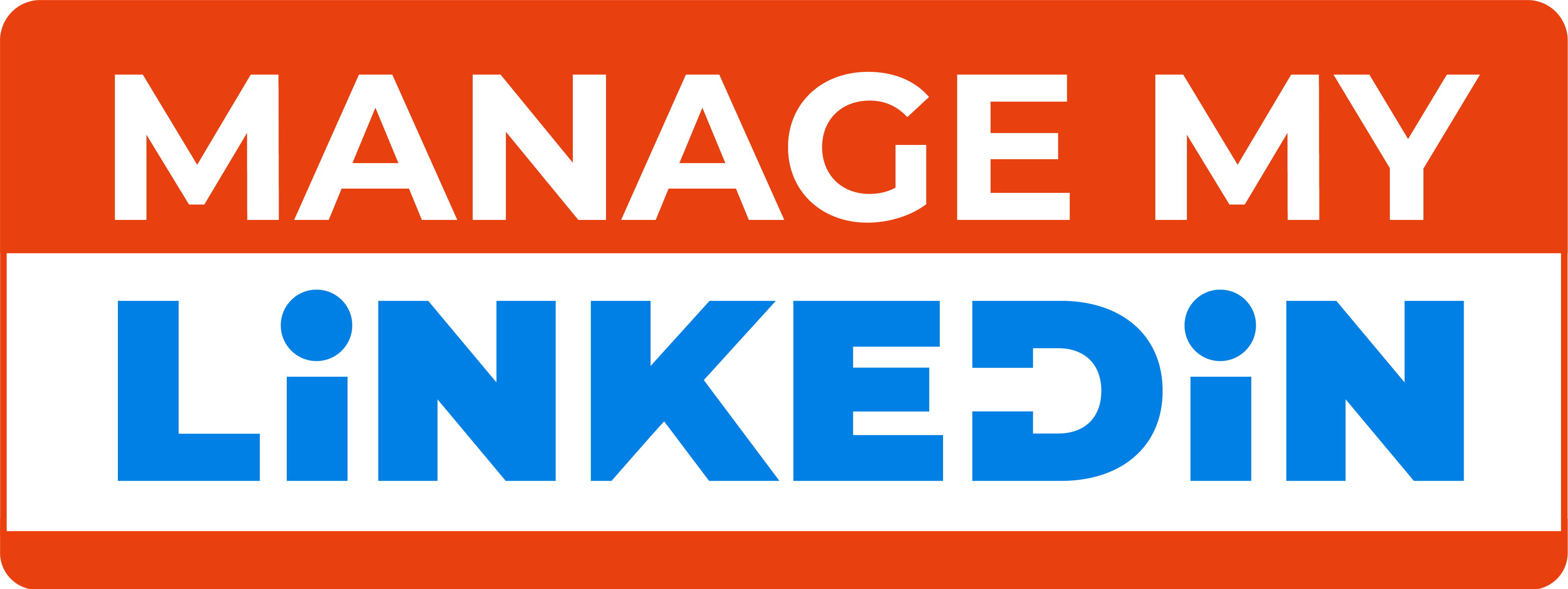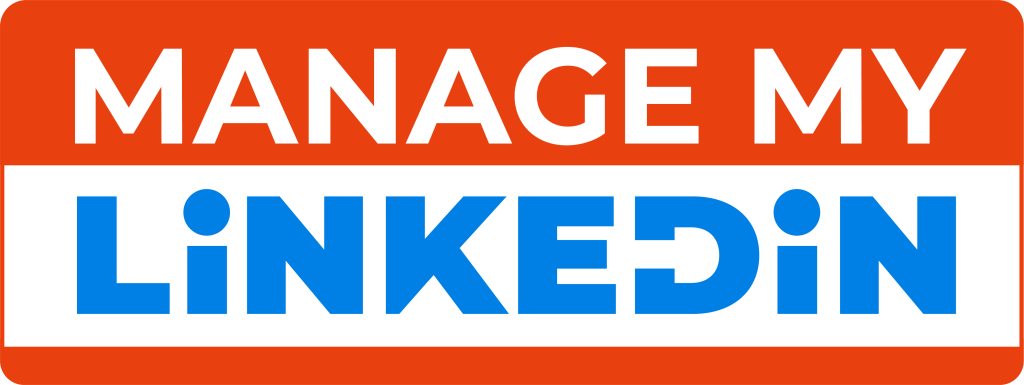

LinkedIn is a popular site for professionals who want to connect with collegues, make B2B (business to business) connections, and find new jobs.
Your professional history is a big part of your LinkedIn profile. Your current and former collegues can give you recommendations and vouch for your skill set. Instead of favorite movies and music, you can list projects you’ve been a part of, volunteer work you’ve done, and skills you have that would be an asset to an employer.
This makes it a powerful tool for job seekers. There is even an entire section of LinkedIn dedicated to helping people connect with the jobs they are best qualified for. It’s a virtual one-stop shop for professionals.
Use Open Profile to send messages to people you’re not connected to
With the exception of your fellow group members (more on this in tip #18), LinkedIn only allows you to send messages to people who you share a first-degree connection with. But did you know some people let you send them messages anyway, even if you’re not connected? The ability to be part of the Open Profile network is only available to premium account holders, but it allows those users to be available for messaging by any other LinkedIn member (regardless of their LinkedIn membership level) if they choose to be.
To send an Open Profile message, visit the member’s profile and click Send an InMail. If you don’t see this option, hover over the down arrow in the top section of the user’s profile and select Send an InMail.
Check your Network Updates (or share your own)
Found on your LinkedIn homepage, Network Updates are essentially LinkedIn’s version of the Facebook News Feed. Check this feed periodically for a quick snapshot of what your connections are up to and sharing, or share updates of your own, such as noteworthy content related to your industry/career, content you’ve created yourself, etc. You can also sort by Top Updates or Recent Updates to filter your feed in one way or the other.
Allow others to see who you are if you view their profile. To enable this, visit your Settings (click your thumbnail image in the top right and click Manage next to Privacy & Settings) and click Select what others see when you’ve viewed their profile under Profile >> Privacy Controls. Make sure you check off the Your name and headline (Recommended) option. This allows you to take advantage of the next feature on our list
Check out who’s viewed your LinkedIn profile
How? With the Who’s Viewed Your Profile feature, of course! This tool, which is accessible in the main navigation via the Profile dropdown, enables you to identify which other LinkedIn users have visited your profile page (so yeah, exactly what it sounds like). In fact, LinkedIn gave this coveted creeper feature a facelift in February 2014, so the information it provides is even better than ever. You can also see how you stack up against the profile views for your connections, people in your company, and other professionals like you.
Has someone been checking out your profile that you might want to connect with? This might be the “in” you’ve been waiting for to connect. (Remember, if you don’t make yourself identifiable via tip #14 above, you won’t have access to this feature. It’s a two-way street!)
And if you’re interested in trying to boost the number of views to your own LinkedIn profile, we wrote a little tutorial about how to do just that here.
Export connections
Want to transfer your LinkedIn connections to another contact management system? Luckily, LinkedIn enables you to easily export your connections. Click Connections in LinkedIn’s top navigation, click the settings gear icon in the top right, and click Export LinkedIn Connections under Advanced Settings on the right. You’ll have the option of either exporting them as a .CSV or .VCF file.
Easily find new connections or connect with old ones!
Speaking of connections, the Connections tab in the top navigation offers a variety of other tools to grow and connect with contacts in your professional network. Click Add Connections in the drop-down menu to import contacts from your email accounts and get suggestions for other connections, connect with other alumni from your alma mater using the Find Alumni feature, and use the Keep in Touch feature to stay in touch with current connections, keep track of your communications, and get notifications when contacts in your network change jobs, have birthdays, or when you’ve fallen out of touch. LinkedIn even has a Connected mobile app so you can take advantage of these features on the go.
Leverage the perks of LinkedIn Groups
Did you know that if you’re a member of the same group as another user, you can bypass the need to be a first-degree connection in order to message them? As long as you’ve been a member of LinkedIn for at least 30 days and a member of the particular group for at least 4 days, LinkedIn allows you to send up to 15 free 1:1 messages to fellow group members per month (across all groups you belong to). (Note: Your 15 message allotment excludes any back-and-forth replies that are the result of an original message. Learn more about LinkedIn’s specifications for communicating with fellow group members here.)
In addition, group members are also able to view the profiles of other members of the same group without being connected. Join more groups to enable more messaging and profile viewership capabilities.
For those of you who have been leveraging LinkedIn Groups for a while, you may be aware that LinkedIn recently made some pretty big changes. Groups are now private and membership must be approved (though once you’re in, your conversations no longer require moderation), and there is no longer a promotions tab or subgroups.
Take advantage of Advanced Search options
LinkedIn’s Advanced Search feature provides a much richer search experience. For example, say you want to find out if you’re connected to anyone who works at a specific company. Type the company name in the company field in Advanced Search, then filter the results by “Relationship” to see if you have any first- or second-degree connections to any employees.
Share your LinkedIn status updates on Twitter
Ever since the big LinkedIn/Twitter breakup of 2012, you can no longer automatically sync your tweets to publish on LinkedIn (or even selectively by using the hashtags #in or #li in specific tweets). But don’t fret — as long as you add your Twitter account to LinkedIn, the opposite is still possible. So if you’re ever posting an update to LinkedIn that you’d also like your Twitter followers to see, you can easily syndicate that update to Twitter by selecting the Public + Twitter option in the Share with dropdown within the LinkedIn update composer.
Leverage @mentions in your status updates
In 2013, LinkedIn rolled out the ability to tag or @mention other users and companies in status updates — much like the way it works on Facebook, Twitter, and Instagram. Want another LinkedIn user or company to see your status update? Include the @ symbol immediately followed by the user’s/company’s name in your status update. As a result, that user/company will get alerted that you mentioned them, and their name will also link to their profile/page in the status update itself.








